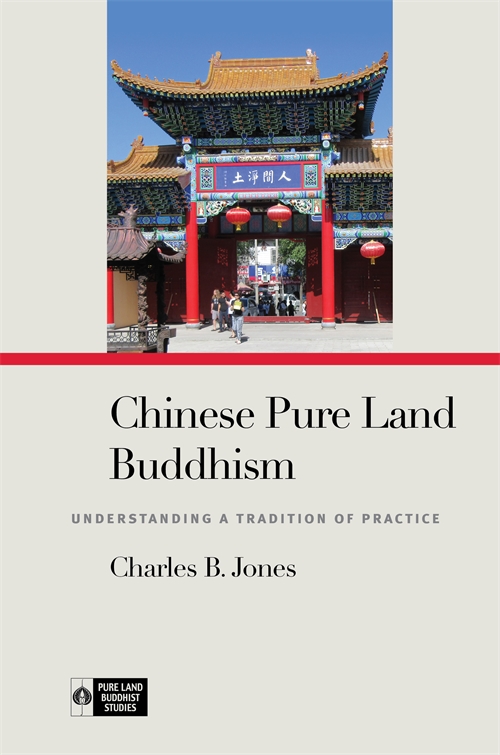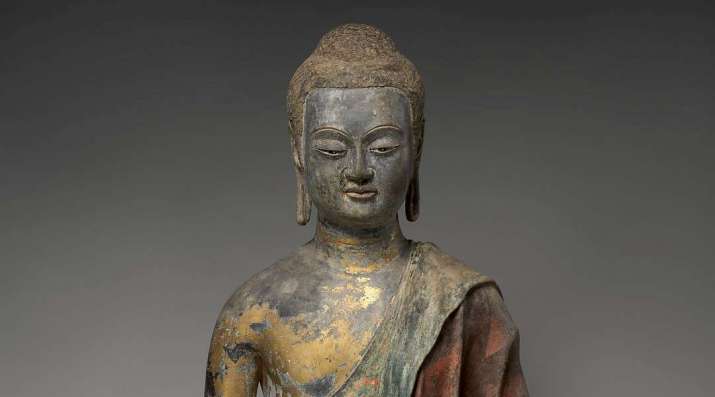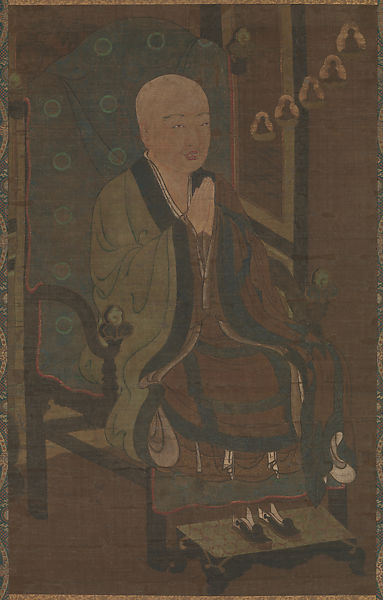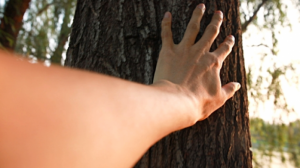
Throughout Buddhistdoor Global’s special project, Buddhism in the People’s Republic, we have sought to highlight the richness of the Chinese Buddhist traditions. One pillar is no doubt the Pure Land tradition, which is characterized by a belief in rebirth in Amitabha Buddha’s Pure Land through the practice of chanting his Name (nianfo). Belief and practice, especially in Chinese Buddhism, have proven to be porous and elusive categories for Buddhist studies scholars and Sinologists. Furthermore, Japanese Pure Land schools were, and remain, more institutionalized and familiar to Western scholars. This led to an over-reliance on Japanese sources when it came to examining the history of Chinese Pure Land.
American scholar Charles B. Jones has laid a strong foundation for rectifying this imbalance in his newest book Chinese Pure Land Buddhism: Understanding a Tradition of Practice (University of Hawaii Press 2019). This book is penetrating and meticulous in its unpacking of Chinese Pure Land complexities, and succeeds in its ambition to tell the story of Chinese Pure Land without reducing it to erroneous or oversimplified categories. For Jones, the most accurate way to understand Pure Land is not as “an institution or a set of master-disciple lineages,” but rather as a dharma-gate (jingtu famen 淨土法門; nianfo famen 念佛法門) or a tradition of practice. (31)
As Jones writes in his introduction: “This teaching received a very mixed response from the wider Buddhist community and required generations of apologists to defend and rationalize it. I will take this teaching, comprising both the practices and their theoretical rationalizations, as the Pure Land dharma-gate, or what I shall call the “Pure Land tradition” in the chapters to come. This tradition of practice begins with Shandao (Shàndǎo 善導, 613–681), building upon foundations laid by his predecessors.” (15)
Organized into nine chapters, Jones’ book sets out to analyze the Chinese Pure Land tradition as it has presented itself through disparate historical periods and in diverse patriarchs and writers. At the tradition’s core is a theological-soteriological question: “The tradition’s earliest authors sought primarily to understand the nature of Sukhāvatī and the means by which beings gained access to it.” (31)
Reflecting the widespread consensus in Chinese Buddhist circles that Shandao laid the foundations for a systematic, philosophical underpinning for nianfo practice as we understand and do it today, Jones suggests: “. . . authors prior to Shandao had held that beings gained rebirth in Sukhāvatī only by achieving a high level of purification and perceived the land only as their level of achievement permitted. What the Buddha Amitābha accomplished with his vows was simply to establish the Pure Land as a destination. Shandao dissented from all of these views and held that the Pure Land was a reward land because it derived its form from Amitābha’s past vows and the power of his merit.” (21)

This emphasis expands the embryonic idea in earlier treatises of “non-elite attainment,” which would be crucial for the appeal of Chinese Pure Land through different dynasties and down to the modern period. Jones ascribes to Shandao the full fleshing-out of a unique hermeneutic that distinguished Pure Land from all other systems of Chinese Buddhist thought. Shandao’s four doctrinal innovations were:
• The Pure Land appears as a “reward land” to all beings no matter their level of attainment.
• The “easy” practice of reciting the Buddha’s name 10 times, even by someone overwhelmed by pain and emotion (which is possible on one’s deathbed), satisfies the conditions for rebirth.
• Amitabha’s teachings are aimed entirely at ordinary beings and do not apply to spiritually elevated beings.
• The power of Amitabha’s vows, not any human accomplishment, provide the “motorics” (sic) of rebirth.
As Jones writes: “While predecessors such as Tanluan and Daochuo no doubt helped guide the tradition toward the adoption of these four elements, only with Shandao did they become both explicit and essential.” (25) In subsequent chapters, Jones covers with rigor and persuasiveness the intellectual directions of other apologists such as Huaigan (d. 699), Pseudo-Zhiyi, Tianru Weize (1286?–54), as well as how Pure Land apologists in Late Imperial and Republican China (Yuan Hongdao (1568–1610), Jixing Chewu (1741–1810), and Patriarch Yinguang (1861–1940)) responded to criticisms of their tradition. He challenges the somewhat outdated assumption of a “syncretism” between Pure Land and Chan, since there were no institutionalized Pure Land “schools” until recent times, only definitive practices.
Jones offers an alternative reading of the back-and-forth polemics between Chan and Pure Land writers, distinguishing between critiques of the “mind-only Pure Land” (weixin jingtu 唯心淨土), and those of “western-direction Pure Land” (xifang jingtu 西方淨土) or “other-direction Pure Land” (tafang jingtu 他方淨土). It is apologists of the latter school of thought who needed a far larger array of defenses against Chan critics, as they were accused of being ignorant, deluded, illiterate peasants for holding such nonsense that violated Buddhist orthodoxy. These apologists deployed a range of counterattacks that demonstrated the seriousness with which they took the accusation of being “un-Buddhist.” (125–26)

Unidentified artist. Lent by John C. Weber Collection.
From metmuseum.org
Jones devotes an entire chapter to the many nuances of nianfo, the sole practice in Chinese Pure Land. It is a singular practice that can take many forms, and Jones overviews them comprehensively, from multiple conceptions of the graded path to nianfo as a single practice and even as a subordinated practice. He also provides a deeper analysis of Huiyuan (334–417) as having two identities—the first being the historical contemporary of Kumarajiva, who had little to do with the development of Pure Land doctrine, and the second a later historiographical Huiyuan in the mid-Tang (appearing first in Fazhao’s (c. 820) writings), who is accepted as the first patriarch.
This is a rich, incisive, and balanced monograph. It is perhaps the best systematic study of Chinese Pure Land Buddhism to emerge in the last decade. It is likely to remain so for at least the next few years. Anyone interested in Chinese Buddhism, including practitioners and scholars, should seek to read this book for its doctrinal clarity and historical fidelity.












